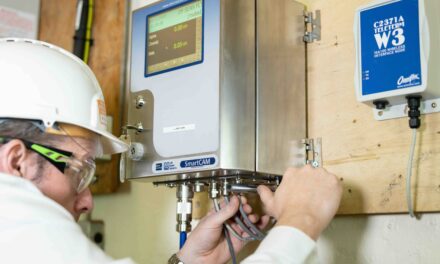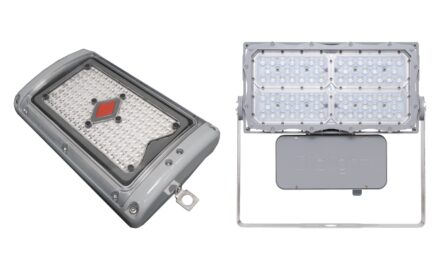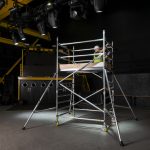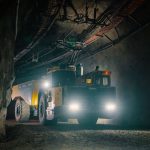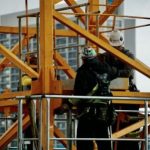In 2006, the average fatality in US mines fell to 25 per year. The Miner Act was a step in the right direction and addressed many issues of previous regulations. One of them: the need of knowing the location of personnel in the mine. When disaster hits, rescue teams should have all necessary information available to finish their rescue mission successfully.
Unfortunately, many mines worldwide use still manual monitoring of miners underground. Typically, a foreman manages a list of people’s names, including the assigned location within the mine. When the position changes, it must be communicated to edit the list of miners’ current spots. It’s cumbersome, error-prone and not in real-time.
Radio Frequency Identification (RFID) transponders attached to miners’ clothing transmit location information to readers strategically throughout the mine for tracking purposes. Personnel in above-ground control rooms can then identify the location of any miner belowground.
Maybe the most essential task for mining safety is to register everyone who enters and exits the mine. Readers are mounted at each entry/exit point of the point and must be capable of reading many tags at once at high speed. Big mines transfer their staff each shift with busses to their work stations underground, sometimes 50 people at once. Everyone on board must be registered. WiFi-based miner tracking systems show difficulties to deliver such performance.
Zone-based RFID runs on readers positioned in known locations within the entries, and each miner wears an RFID tag. A tag transmits a unique identifier that has been assigned to that miner. The transponder is read whenever the miner passes within the RF range, and the reader sends an RF signal to which the tag answers. Upon receiving the return signal from the tag, the reader must forward the detection information to a central location, usually the mine operations centre (MOC). The data can be sent in many ways, e.g., over a pair of wires, through fibre-optic cable, via wireless communication, or through an interface to the communications system.
In addition to defining the location, tracking systems have other critical characteristics. For example, the system must have the capacity to track the maximum number of people in a coverage area. It must also be able to differentiate each individual in a group of workers travelling in an area of the mine at differing speeds, e.g. walking or riding in a vehicle. In addition, there may be a necessity as to how often the tracking system needs to update each miner’s location. These features should be discussed when considering the acquisition of a tracking system.
Therefore, an RFID transponder for miner visibility can achieve a high level of safety and security in mines. Being a proven technology, RFID is ideal for the safety needs of underground operations. Miners can be tracked for safety, higher productivity and security reasons. Typical scenarios include knowing who is in the mine, where and when to avoid, mitigate or warn of hazards and, therefore, reduce the risks of an accident.
If you want to learn more about miner safety, read more about Crew Companion and its genuine approach for more underground visibility.


